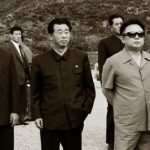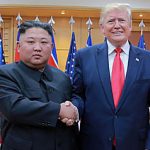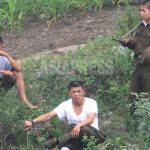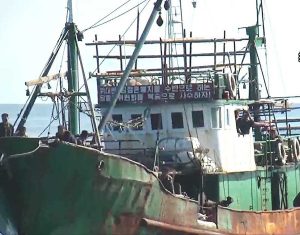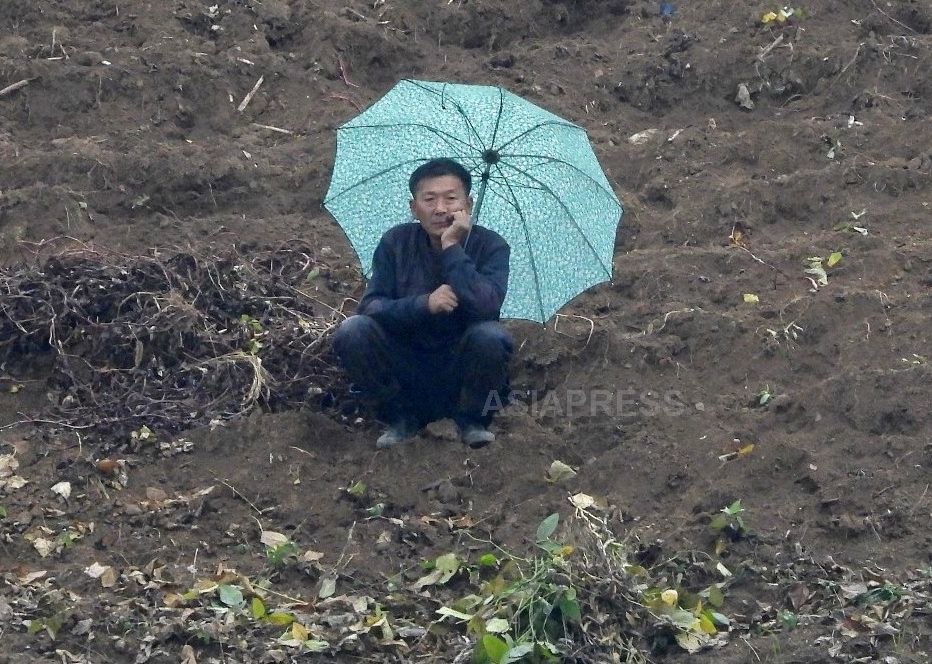
In the 2021 revised North Korean Farm Law, we could confirm that farm management rights have been expanded. ASIAPRESS's on-site farm investigations also show many changes, such as farms directly participating in the process of establishing national production plans and increased autonomous discretion for farms. A local farmer's testimony that "farms now play a role similar to landlords" seems to reveal the essence of agricultural policy reforms in the Kim Jong-un era. (JEON Seong-jun / KANG Ji-won)
◆Expansion of Farm Management Rights
The core of recent changes is that the scope of farm management rights has been expanded and legally codified. The 2021 revised Farm Law includes items on farm management rights that were not found in the 2015 version.
Article 22 of the Farm Law states:
"Farms have management rights such as planning rights, production organization rights, management organization and labor adjustment rights, product handling rights, and fund utilization rights in management activities. Farms should proactively and creatively carry out management activities with the practical management rights granted by the state."
On-site investigations of two farms in North Hamgyong Province also revealed that farm management rights are actually expanding.

◆ Farms Directly Involved in Planning
In late March, farm worker and reporting partner A from North Hamgyong Province reported that unlike in the past when national production plans were unilaterally imposed from above, they are now determined through negotiation with authorities based on the specific circumstances of farms.
"The national plan isn't handed down from above. The farm submits production amounts to (government agencies) after considering all operating costs, farming material costs, and distribution, and then it's determined through adjustments there."
This is a notable change.
However, A said that meeting the plan is still not easy, stating, "Last year, the planned amount was about 400 tons of grain, but in reality, it fell short by about 10%."
No agricultural laws supporting the change of plan calculation could be found. It's possible that new content related to plan calculation was introduced in the 2023 revised Farm Law (still undisclosed).
If these changes are certain, it means farms' status has been elevated from passive executors of the national plan to actively participating in and negotiating plan formulation.
